Water Scarcity: Revival of Indus Water Talks

Introduction
Water Security refers to the sustainable usage of water and securing water systems in a country. It also means that to ensure sustainable development of water resources and accessibility of water for all the individuals as a basic human right. Water crisis is a serious issue and surprisingly very little attention is being paid to the particular problem. Once a water abundant country is now water-stressed which is leading towards a major crisis as the water profile of Pakistan does not show a satisfactory situation, it is an emergency state in terms of water resources. According to a report of Pakistan Council of Water Research (PCWR), Pakistan is at the risk of an absolute water crisis by 2025. Not only that, it will also impact the agriculture sector for food production, energy sector for generation of electricity and healthy environment that is necessary for growth of socio-economic measures and sustainable development. The demand for water is rising in the country because of various factors such as urbanization, rapid population growth. This has completely changed the consumption patterns of water, but the available supply of water is very limited and is at risk because of climate change.
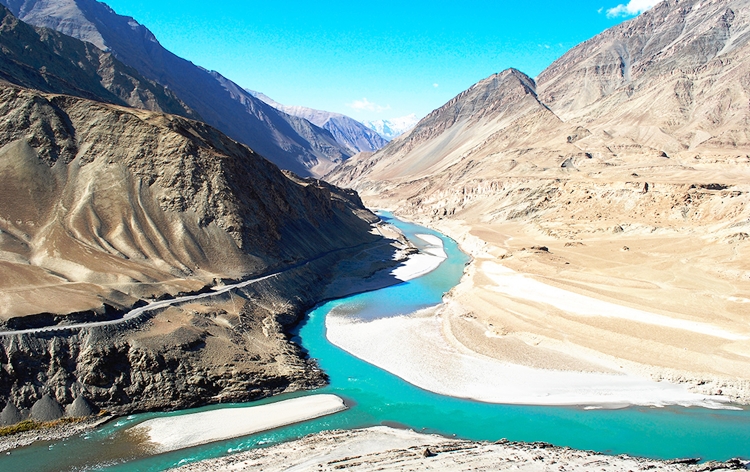
Background
Pakistan and India share rivers on the basis of Indus Water Treaty (IWT) which is traced back to 1960, when both the countries signed the treaty under the supervision of World Bank. This treaty defined the principle of water sharing. Now, the water demand has increased in two countries, due to which on and off disagreements appeared on water sharing issues. Water nationalism has risen in recent years as the supply-demand mismatch for water has widened in India and Pakistan, which has been exacerbated by rising tensions between the two nations. But, somehow IWT has always managed to avoid any serious water conflicts despite of the political tensions between Islamabad and New Delhi.
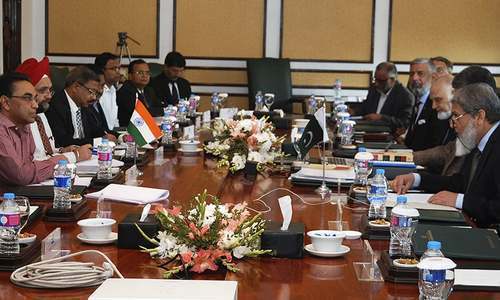
Pakistan, it is on the verge of a water crisis by 2025 that is forecasted by experts. Water security is an emerging paradigm which requires recognition at all levels. South Asia has immediate and long-term difficulties from climate change, including glacier melt, sea-level rise, groundwater depletion, extreme weather events and an increase in the frequency of natural disasters, all of which are expected to worsen in the next decades. The analysis cautions that pre-existing vulnerabilities i.e. high poverty, poor governance, and restricted access to basic services and resources enhance the region’s climate risks, with potentially catastrophic consequences if warming continues at the same rate. Crop yields have declined and production losses have occurred in the region as a result of the extraordinary events of climate change. For the past few months, the warning bells are ringing about the water shortage in Pakistan. It is being said that Pakistan’s water crisis will deepen with the climate change. One of the direct results of climate change is rising temperatures and recently, the country is experiencing highest temperature in March and April. It is not only the case of Pakistan; a severe heat wave is also sweeping through India. Moreover, forecasts predictions have suggested further temperature increase in coming weeks. This will trigger already pressurized food as well as water security in Pakistan and India. Both the countries already fall in the category of top ten countries that are most vulnerable to climate change, at this time the revival of suspended Indus water talks is a good step. On 30th May 2022, a five member delegation of Pakistan went to New Delhi for 118 bilateral meeting on IWT. The two day talks ended on a positive note, but there is a need that the present crisis should be considered as a wake-up call for authorities in two countries.
It is important that India and Pakistan should make efforts for development and to promote cooperation between the two sides for the smooth functioning of water systems. Also, they must reiterate their commitment towards the treaty and its implementation in literal meanings for the benefit of both countries and to avoid serious consequences due to their own negligence in future. India threatens Pakistan with diversion of rivers flowing in Pakistan, this attitude in condemnable and needed to be stopped. On the other hand, it is necessary for Pakistan to adopt a holistic approach and efficient governance system for water sector. It can be done with improvement in technology, using innovative strategies, implementing SDGs, upgrading existing and developing new infrastructure which will help to mitigate the issue. If this catastrophe will not be addressed quickly and timely, the country may suffer complete water scarcity before even realizing the seriousness of the ongoing crisis.

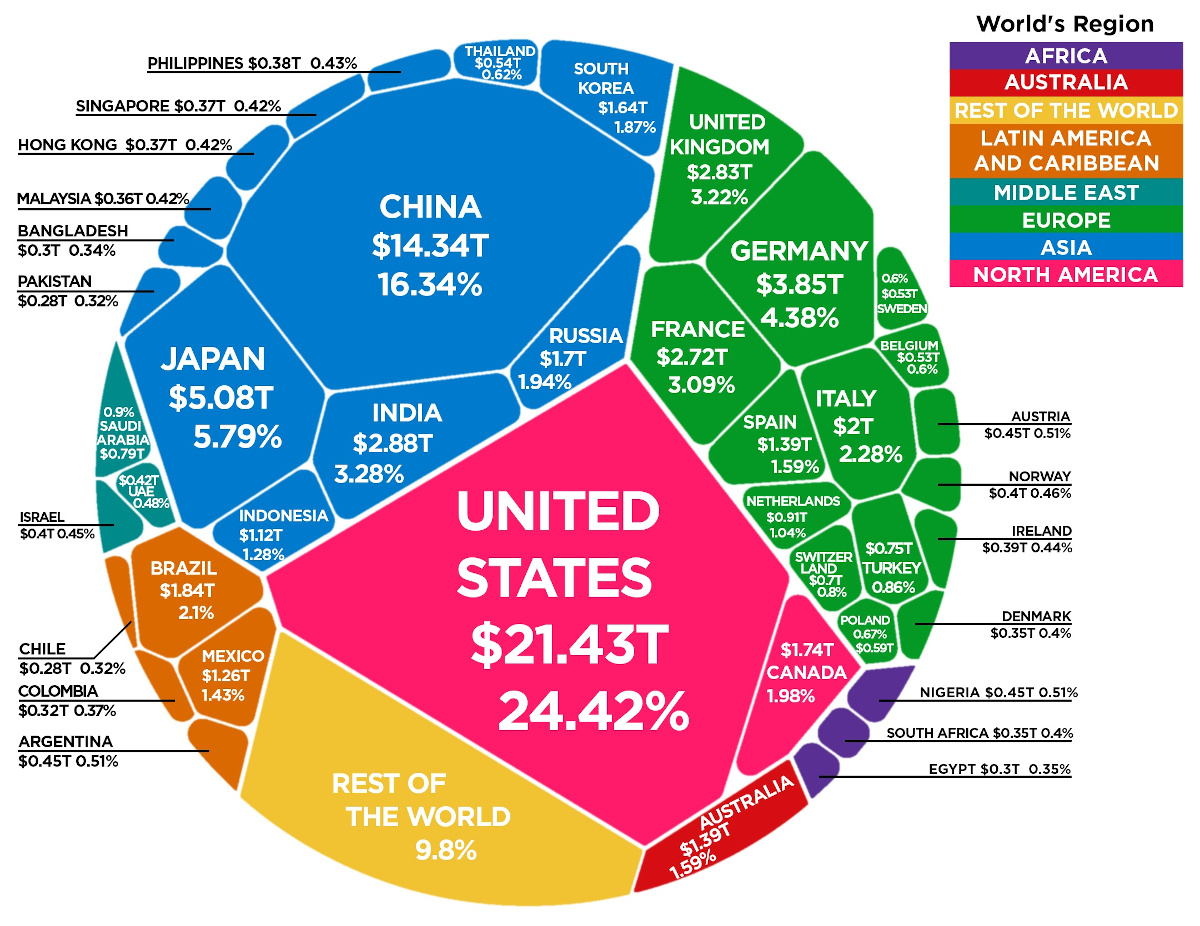 Robert Kaplan a well-known journalist and political commentator, argued in his latest book “Asia’s Cauldron”, he turns to the South China Sea, a waterway that he describes as being “as central to Asia as the Mediterranean is to Europe”. If we look at the geographical significant of Asian Cauldron, it contains part of the Pacific Ocean, the South China Sea covers an area from Singapore and the Malacca Straits to Taiwan. It consists of more than 200 small islands, rocks and coral reefs, about three dozen of which are permanently above water. These are subject to overlapping claims from China, Vietnam, Malaysia and the Philippines. China as a big player in global economy lays claim to almost the entire South China Sea by feature of what is known as the “nine-dash line”. The sea is fast becoming “the most contested body of water in the world”, the main arena for geopolitical competition between a rising China and a US. With the rise of Dragon, the old order of American military unipolarity in the waters of the western Pacific is slowly fading. US strategic partnership with Japan, South Korea and India in Eastern hemisphere is the key to counter Chinese economic dominance. US motives to contain China is supplementary based on the security reasons rather than economic. China’s strategic aim must inevitably be to “exercise de facto hegemony over their own Asian Mediterranean”. Beijing wants to achieve its strategic goal while maintaining cordial relations with Western powers and tempering anxiety in Southeast Asia.
Robert Kaplan a well-known journalist and political commentator, argued in his latest book “Asia’s Cauldron”, he turns to the South China Sea, a waterway that he describes as being “as central to Asia as the Mediterranean is to Europe”. If we look at the geographical significant of Asian Cauldron, it contains part of the Pacific Ocean, the South China Sea covers an area from Singapore and the Malacca Straits to Taiwan. It consists of more than 200 small islands, rocks and coral reefs, about three dozen of which are permanently above water. These are subject to overlapping claims from China, Vietnam, Malaysia and the Philippines. China as a big player in global economy lays claim to almost the entire South China Sea by feature of what is known as the “nine-dash line”. The sea is fast becoming “the most contested body of water in the world”, the main arena for geopolitical competition between a rising China and a US. With the rise of Dragon, the old order of American military unipolarity in the waters of the western Pacific is slowly fading. US strategic partnership with Japan, South Korea and India in Eastern hemisphere is the key to counter Chinese economic dominance. US motives to contain China is supplementary based on the security reasons rather than economic. China’s strategic aim must inevitably be to “exercise de facto hegemony over their own Asian Mediterranean”. Beijing wants to achieve its strategic goal while maintaining cordial relations with Western powers and tempering anxiety in Southeast Asia. On the other hand, China expanding her influence by relying on relatively weak economic states to maintain its superiority in the region. China is practicing the Anti-Area Access Denial (2A-AD) strategy in South China Sea and beyond. Over the last two decades, Russian technologies combined with China’s efforts, including industrial espionage has gradually enhanced the capabilities of the People’s Liberation Army (PLA) to challenge U.S. forces in the Asia-Pacific region. The Anti-Aria Access Denial (A2/AD) is the strategy, with the aim of keeping out U.S. military intervention in its immediate areas of concern, including the disputed waters in the region.
On the other hand, China expanding her influence by relying on relatively weak economic states to maintain its superiority in the region. China is practicing the Anti-Area Access Denial (2A-AD) strategy in South China Sea and beyond. Over the last two decades, Russian technologies combined with China’s efforts, including industrial espionage has gradually enhanced the capabilities of the People’s Liberation Army (PLA) to challenge U.S. forces in the Asia-Pacific region. The Anti-Aria Access Denial (A2/AD) is the strategy, with the aim of keeping out U.S. military intervention in its immediate areas of concern, including the disputed waters in the region.
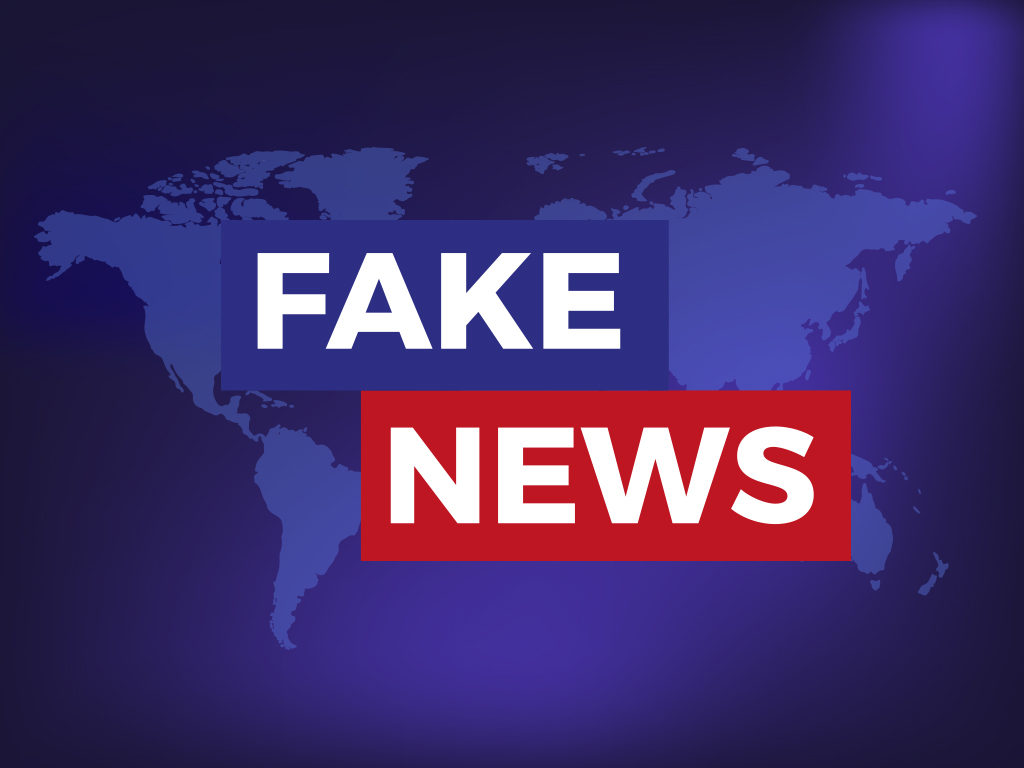 Disinformation Impact on Human lives:
Disinformation Impact on Human lives: 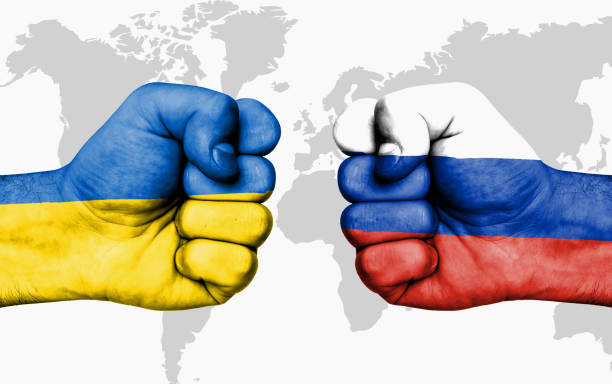
 In the next paragraph of Article 37, however, explicitly permits ruses as “acts which are intended to mislead an adversary or induce a person to act recklessly but which infringe no rule of international law applicable in armed conflict and which are not perfidious”. While this particular provision only pertains to international armed conflicts (IACs), ruses are likewise licensed in non-international armed conflicts under customary international law. But modern applications of misinformation or more accurately, disinformation call into question its reflexive characterization in IHL as a ruse for several reasons. First, while ruses are presented in source materials as being intended to mislead an “enemy” or “adversary”, disinformation campaigns during armed conflict today are instead often oriented primarily towards the civilian population. Under that obligation of IHL, Militaries can mislead their enemies on the battle field, but they cannot misguide or mislead the population in International armed conflicts.
In the next paragraph of Article 37, however, explicitly permits ruses as “acts which are intended to mislead an adversary or induce a person to act recklessly but which infringe no rule of international law applicable in armed conflict and which are not perfidious”. While this particular provision only pertains to international armed conflicts (IACs), ruses are likewise licensed in non-international armed conflicts under customary international law. But modern applications of misinformation or more accurately, disinformation call into question its reflexive characterization in IHL as a ruse for several reasons. First, while ruses are presented in source materials as being intended to mislead an “enemy” or “adversary”, disinformation campaigns during armed conflict today are instead often oriented primarily towards the civilian population. Under that obligation of IHL, Militaries can mislead their enemies on the battle field, but they cannot misguide or mislead the population in International armed conflicts.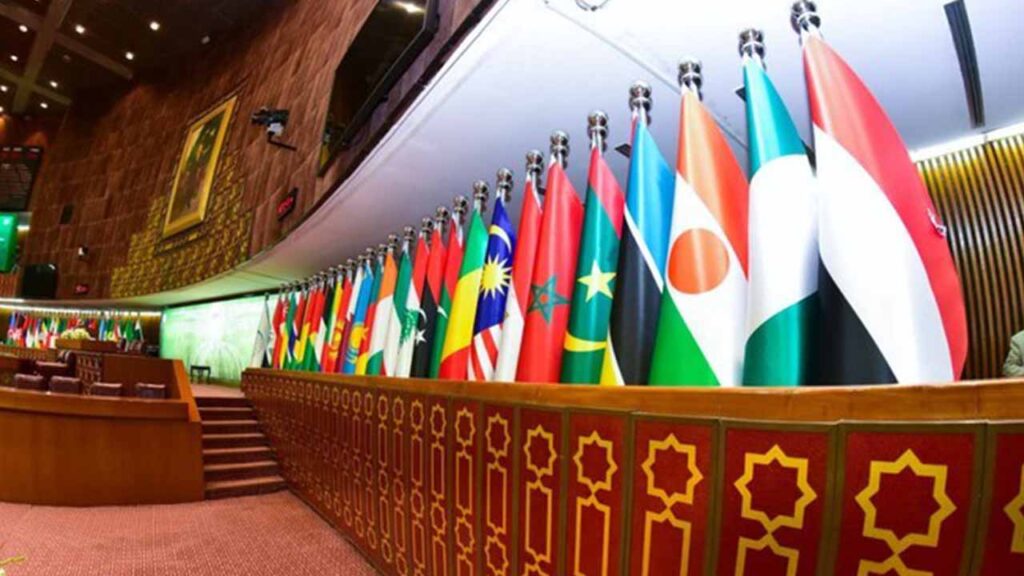
 Kashmir will be the part of extensive agenda, ahead of the 48th session; Pakistan has drafted a resolution seeking adoption with the goal of directing its anti-India rhetoric at Kashmir. Hurriyat Conference members are also invited at the conference that will highlight the humanitarian challenges and will remind the world to look upon the stance of Kashmiris. The last OIC’s summit which held in Pakistan, ended with the establishment of the OIC-led Humanitarian Trust Fund for Afghanistan to channel aid, as well as the designation of the OIC Secretary General’s Special Envoy to work alongside the UN in the war-torn country. Moreover, the members will review the previous decisions on Afghanistan in this session.
Kashmir will be the part of extensive agenda, ahead of the 48th session; Pakistan has drafted a resolution seeking adoption with the goal of directing its anti-India rhetoric at Kashmir. Hurriyat Conference members are also invited at the conference that will highlight the humanitarian challenges and will remind the world to look upon the stance of Kashmiris. The last OIC’s summit which held in Pakistan, ended with the establishment of the OIC-led Humanitarian Trust Fund for Afghanistan to channel aid, as well as the designation of the OIC Secretary General’s Special Envoy to work alongside the UN in the war-torn country. Moreover, the members will review the previous decisions on Afghanistan in this session.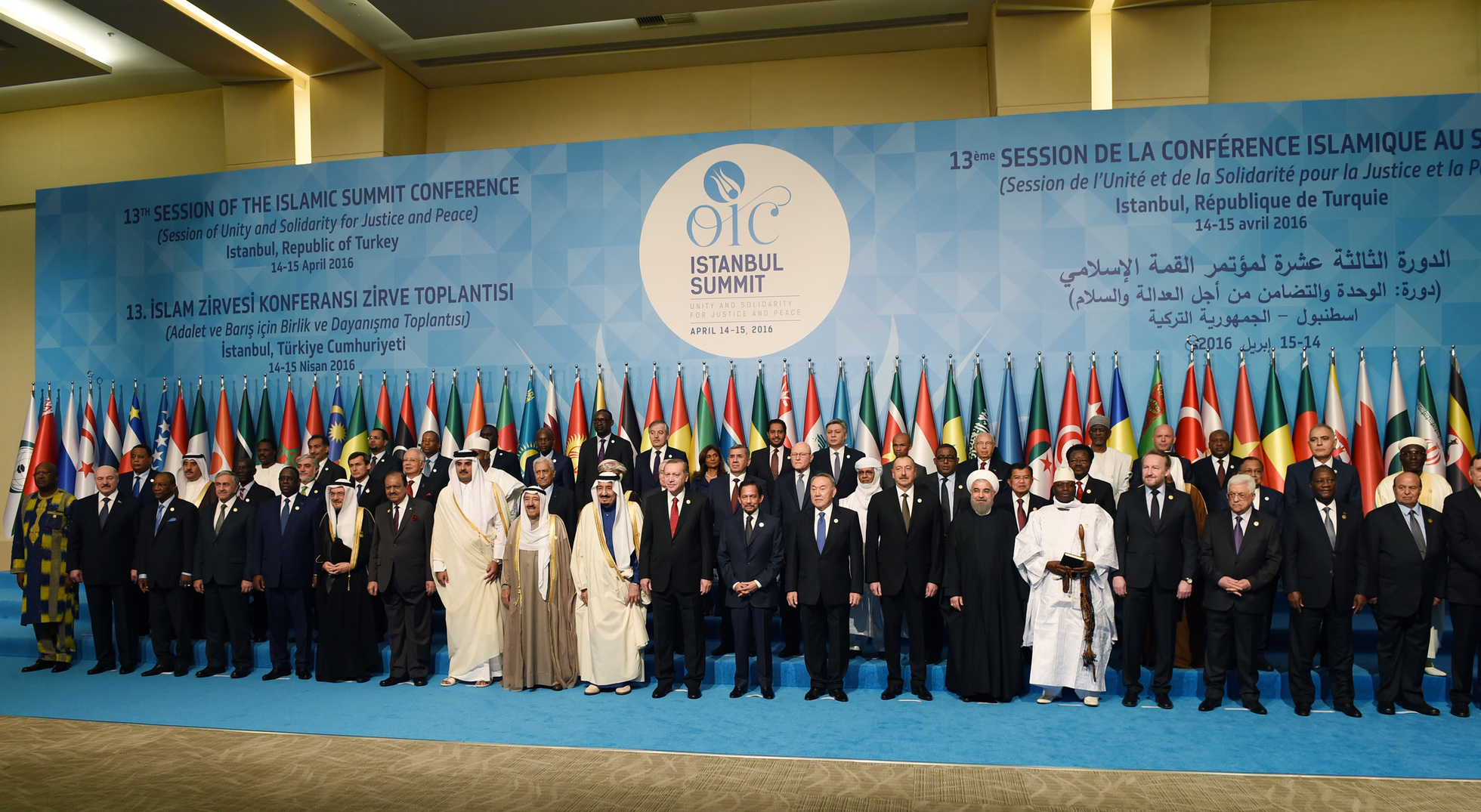
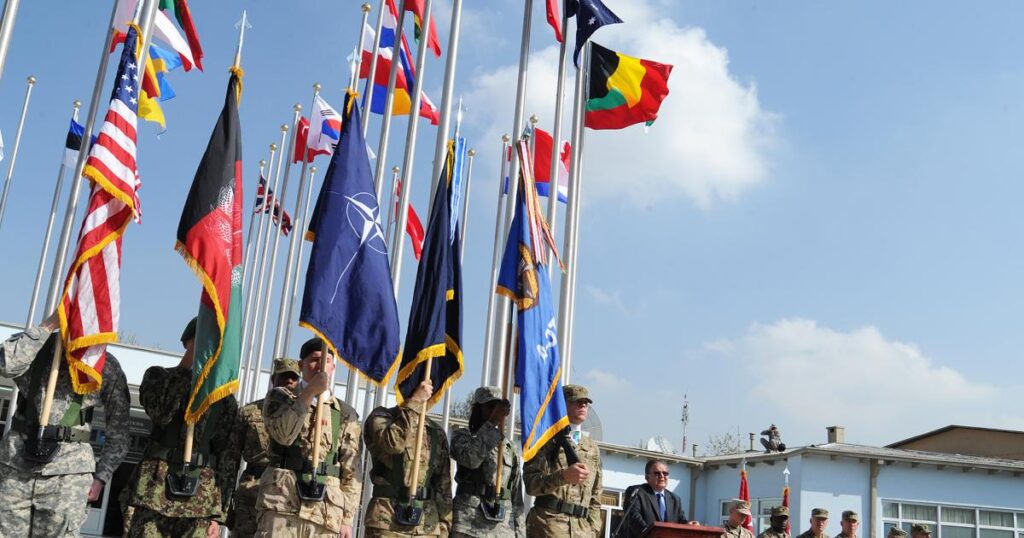
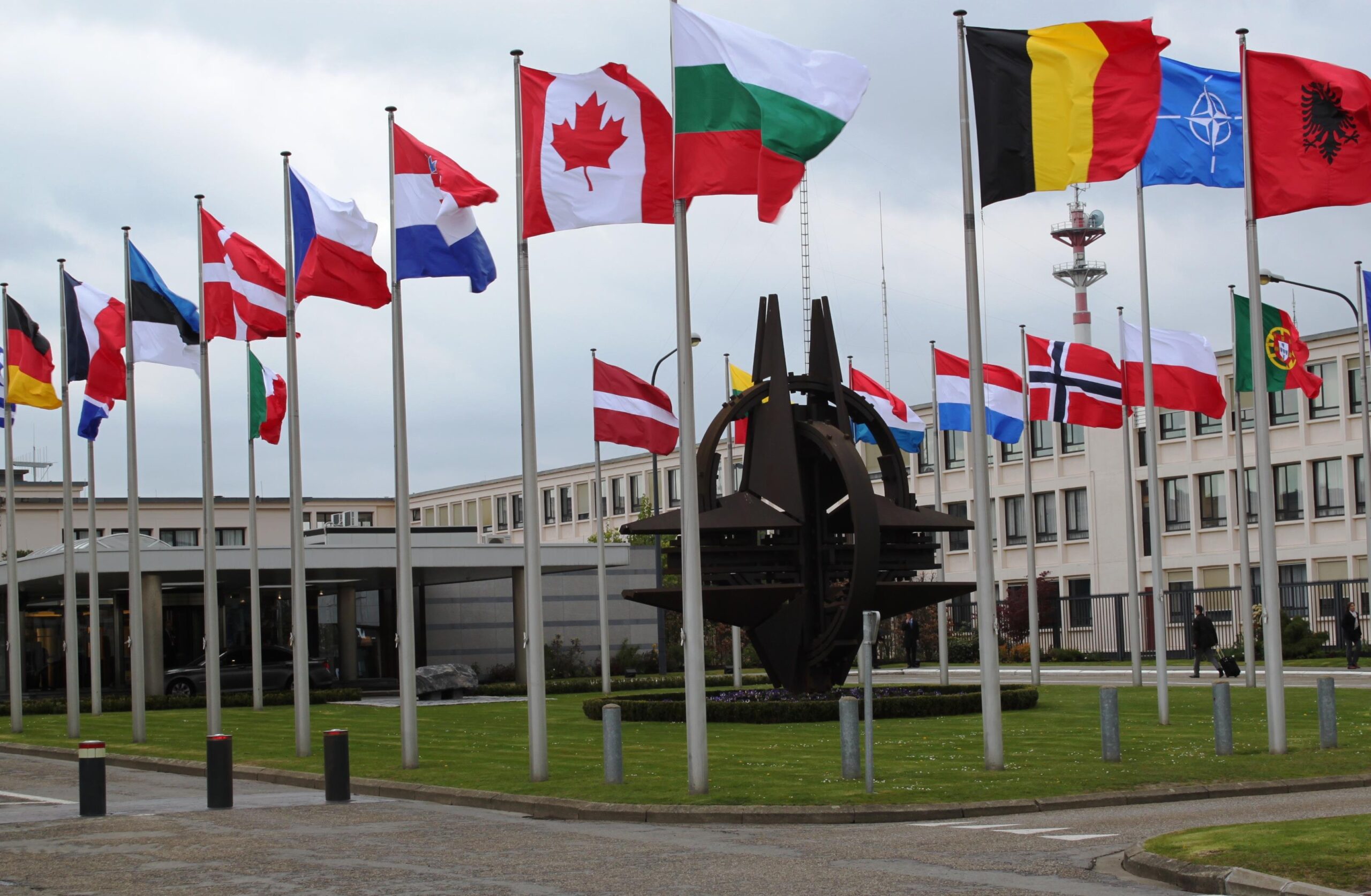 Beijing’s policy towards Taipei is of deterrence, the goal is to stop Taiwan from formal independence, western support for Taiwan, and particularly US intervention. US policy towards Taipei is of “strategic ambiguity” in case of Beijing’s attack. Taiwan, a small island, yet it is of the utmost importance for China as well as the United States. On the basis of the geostrategic location of Taiwan in the Indo-Pacific region and to restrain the rise of China in global politics, strengthened military posture and influence in East Asia has shifted strategic objectives of US. The United States has been playing the “Taiwan Card” for the strategic rivalry with China. Apart from strategic, US have expanding economic as well as ideological objectives. Taiwan is the world’s largest chip manufacturer and the 10th biggest trading partner of Washington in the high-tech industry and semi-conductor production while supporting US economy with $600 Billion. Another strategic factor is that, when Taiwan will be under the jurisdiction of China, it would extend its missile ranges eastward by around 150 nautical miles. As a result, China would become the dominating force in the East China Sea, making it easier for Beijing to attack its rivals. US-China strategic competition and cross-strait relations are resulting in strong alignments among US and Taiwan.
Beijing’s policy towards Taipei is of deterrence, the goal is to stop Taiwan from formal independence, western support for Taiwan, and particularly US intervention. US policy towards Taipei is of “strategic ambiguity” in case of Beijing’s attack. Taiwan, a small island, yet it is of the utmost importance for China as well as the United States. On the basis of the geostrategic location of Taiwan in the Indo-Pacific region and to restrain the rise of China in global politics, strengthened military posture and influence in East Asia has shifted strategic objectives of US. The United States has been playing the “Taiwan Card” for the strategic rivalry with China. Apart from strategic, US have expanding economic as well as ideological objectives. Taiwan is the world’s largest chip manufacturer and the 10th biggest trading partner of Washington in the high-tech industry and semi-conductor production while supporting US economy with $600 Billion. Another strategic factor is that, when Taiwan will be under the jurisdiction of China, it would extend its missile ranges eastward by around 150 nautical miles. As a result, China would become the dominating force in the East China Sea, making it easier for Beijing to attack its rivals. US-China strategic competition and cross-strait relations are resulting in strong alignments among US and Taiwan.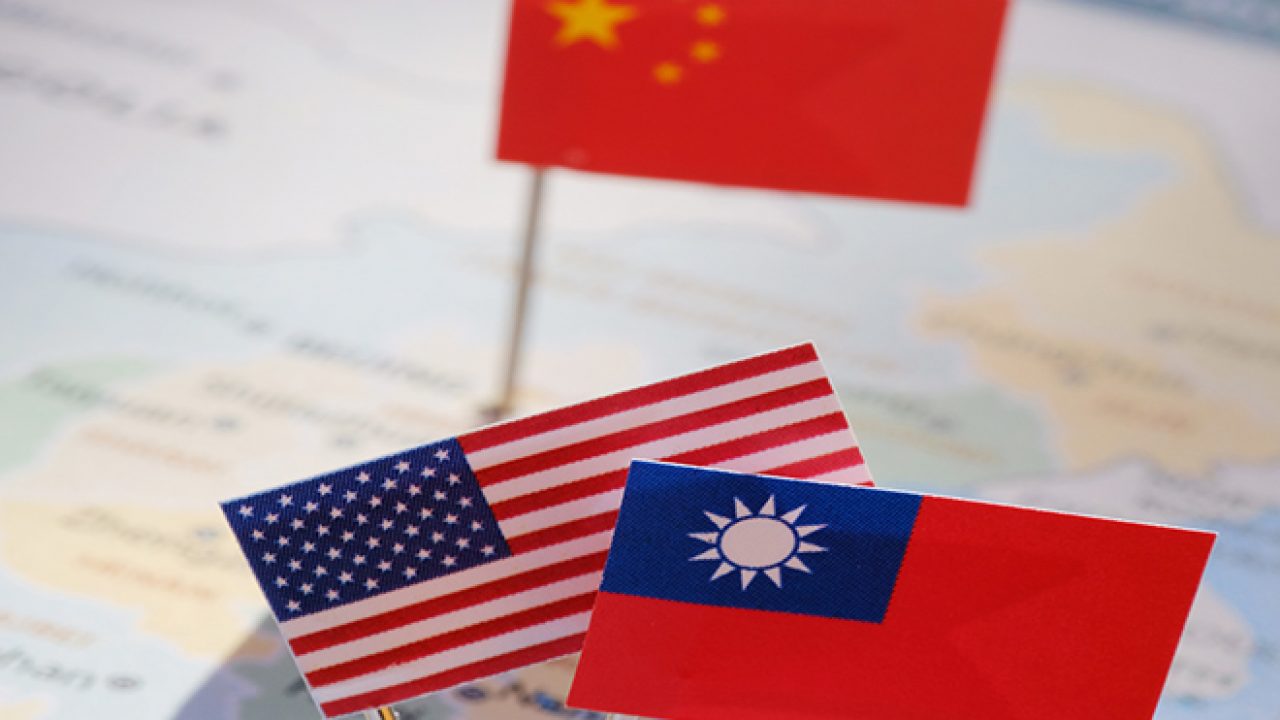 All the actors involved in the conflict have different perspectives over Taiwan depending upon their interests. When we look at the NATO’s objectives in China and Taiwan conflict, the European member countries of NATO have economic objectives that could be disrupted because of a military confrontation. US along with these NATO members has underscored the importance of Taiwan in terms of peace and stability in a joint statement. In opinion of China, Washington has destabilized the region with provision of weapons to Taiwan. Therefore, demands are being made by Beijing to withdraw its deployed troops in Taiwan while US has asked the former to stop proactive military activities in Taipei. This has increased the magnitude of rivalry between two states. Also, the tensions between Taiwan and China has reached the highest levels in past few years especially after 2016, when Taiwanese President held the office and rejected the Chinese territorial claim of Taiwan. Both China and America have potential to ignite military and economic war over the issue of Taiwan. For unification of Taiwan and “Greater China”, Beijing has a political strategy which involves a military component and US analysts see invasion as the only military option which pose a great risk of military confrontation. The international order will be in jeopardy after Taiwan war. If the war begins at Taiwan Strait, it is more likely that Taiwan would be a battlefront for the world’s two countries with most powerful military forces and will become Sino-America war than China vs. Taiwan. The conflict will affect the overall region that may turn into a war zone. Impacts will also be seen on global supply chains, financial and transportation links.
All the actors involved in the conflict have different perspectives over Taiwan depending upon their interests. When we look at the NATO’s objectives in China and Taiwan conflict, the European member countries of NATO have economic objectives that could be disrupted because of a military confrontation. US along with these NATO members has underscored the importance of Taiwan in terms of peace and stability in a joint statement. In opinion of China, Washington has destabilized the region with provision of weapons to Taiwan. Therefore, demands are being made by Beijing to withdraw its deployed troops in Taiwan while US has asked the former to stop proactive military activities in Taipei. This has increased the magnitude of rivalry between two states. Also, the tensions between Taiwan and China has reached the highest levels in past few years especially after 2016, when Taiwanese President held the office and rejected the Chinese territorial claim of Taiwan. Both China and America have potential to ignite military and economic war over the issue of Taiwan. For unification of Taiwan and “Greater China”, Beijing has a political strategy which involves a military component and US analysts see invasion as the only military option which pose a great risk of military confrontation. The international order will be in jeopardy after Taiwan war. If the war begins at Taiwan Strait, it is more likely that Taiwan would be a battlefront for the world’s two countries with most powerful military forces and will become Sino-America war than China vs. Taiwan. The conflict will affect the overall region that may turn into a war zone. Impacts will also be seen on global supply chains, financial and transportation links.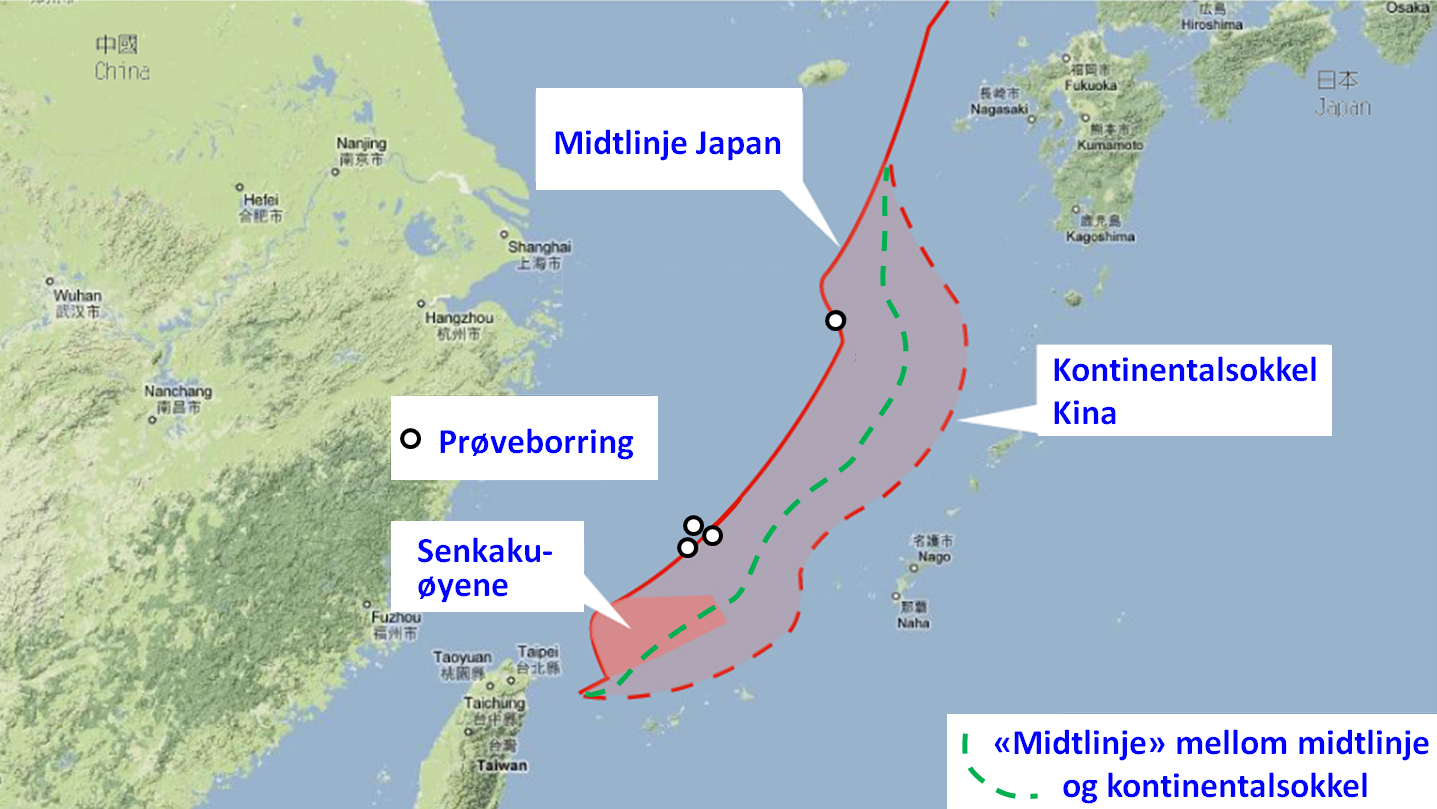 The current ongoing war launched between Russia and Ukraine can also have an influence on China over Taiwan. Earlier, US intelligence chief stated; ‘’China’s interpretation of western reaction is being observed by Washington’’. Some experts have suggested that Ukraine crisis might encourage China to take military action against Taiwan, if it becomes necessary. President of US, Joe Biden has sent an extraordinary delegation of officials in wake of Ukraine-Russia war to warn China and declared Washington’s strong support for Taiwan. Meanwhile, the Chinese ambassador to Washington has also alerted US of military confrontation risk over Taiwan. The increasing tensions between Sino-US relations and cross-strait relations can be a flashpoint of military confrontation.
The current ongoing war launched between Russia and Ukraine can also have an influence on China over Taiwan. Earlier, US intelligence chief stated; ‘’China’s interpretation of western reaction is being observed by Washington’’. Some experts have suggested that Ukraine crisis might encourage China to take military action against Taiwan, if it becomes necessary. President of US, Joe Biden has sent an extraordinary delegation of officials in wake of Ukraine-Russia war to warn China and declared Washington’s strong support for Taiwan. Meanwhile, the Chinese ambassador to Washington has also alerted US of military confrontation risk over Taiwan. The increasing tensions between Sino-US relations and cross-strait relations can be a flashpoint of military confrontation.